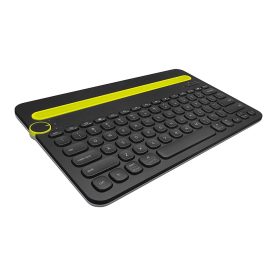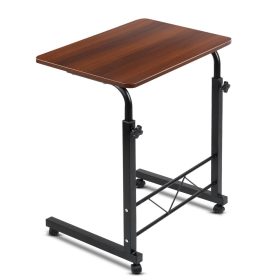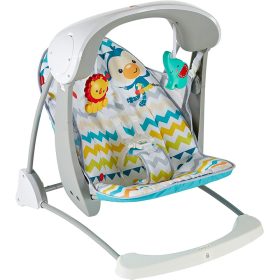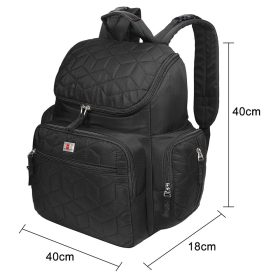- Your cart is empty
- Continue Shopping
Trending on Besa

laptop
2 products

sadida
4 products

usb hub
3 products

accessories
5 products

accessories
5 products

accessories
5 products
Best Selling Products
Elppa iPed Pro (2018) (Wifi + 3G)
Rated 4.00 out of 5
4
$499.90Current price is: $499.90.$599.90 Original price was: $599.90.
Vendor:
issemelb
Geoglo Pexel 3a XL 2018 Plus
Rated 4.25 out of 5
4
$890.90Current price is: $890.90.$1,209.99 Original price was: $1,209.99.
Vendor:
issemelb


28% offFeatured
Select options
This product has multiple variants. The options may be chosen on the product page
Potun Keyboard Wireless Laptop
Rated 4.50 out of 5
4
$49.90Current price is: $49.90.$59.99 Original price was: $59.99.
Vendor:
issemelb
Mi LED Smart TV 4A Pro 2018
Rated 4.80 out of 5
5
$154.90Current price is: $154.90.$209.99 Original price was: $209.99.
Vendor:
issemelb
Flash Deals
Deal ended.
Elppa iPed Pro (2018) (Wifi + 3G)
Rated 4.00 out of 5
4
$499.90Current price is: $499.90.$599.90 Original price was: $599.90.
Vendor:
issemelb
Geoglo Pexel 3a XL 2018 Plus
Rated 4.25 out of 5
4
$890.90Current price is: $890.90.$1,209.99 Original price was: $1,209.99.
Vendor:
issemelb


28% offFeatured
Select options
This product has multiple variants. The options may be chosen on the product page


22% off
Select options
This product has multiple variants. The options may be chosen on the product page
Full Sleeve Solid Men Denim Jacket
Rated 4.50 out of 5
4
$39.90Current price is: $39.90.$50.99 Original price was: $50.99.
Vendor:
issemelb


30% off
Select options
This product has multiple variants. The options may be chosen on the product page
Electronics On Sale
Shop all
Elppa iPed Pro (2018) (Wifi + 3G)
Rated 4.00 out of 5
4
$499.90Current price is: $499.90.$599.90 Original price was: $599.90.
Geoglo Pexel 3a XL 2018 Plus
Rated 4.25 out of 5
4
$890.90Current price is: $890.90.$1,209.99 Original price was: $1,209.99.
Potun Keyboard Wireless Laptop
Rated 4.50 out of 5
4
$49.90Current price is: $49.90.$59.99 Original price was: $59.99.
Mi LED Smart TV 4A Pro 2018
Rated 4.80 out of 5
5
$154.90Current price is: $154.90.$209.99 Original price was: $209.99.
Recommended For You
Geoglo Pexel 3a XL 2018 Plus
Rated 4.25 out of 5
4
$890.90Current price is: $890.90.$1,209.99 Original price was: $1,209.99.
Vendor:
issemelb


22% off
Select options
This product has multiple variants. The options may be chosen on the product page
Full Sleeve Solid Men Denim Jacket
Rated 4.50 out of 5
4
$39.90Current price is: $39.90.$50.99 Original price was: $50.99.
Vendor:
issemelb


30% off
Select options
This product has multiple variants. The options may be chosen on the product page
Design Laptop Backpack 30 L Backpack
Rated 3.80 out of 5
5
$39.99Current price is: $39.99.$49.99 Original price was: $49.99.
Vendor:
issemelb
Quantum Vsquare Port Usb Hub
Rated 4.67 out of 5
3
$152.94Current price is: $152.94.$209.99 Original price was: $209.99.
Vendor:
issemelb
Semsong Gelexy A50 Pro 2016
Rated 4.33 out of 5
3
$140.00Current price is: $140.00.$209.99 Original price was: $209.99.
Vendor:
issemelb
Ynos Airepx XZ2 Unlimited 2016
Rated 4.25 out of 5
4
$999.94Current price is: $999.94.$1,009.99 Original price was: $1,009.99.
Vendor:
issemelb























































